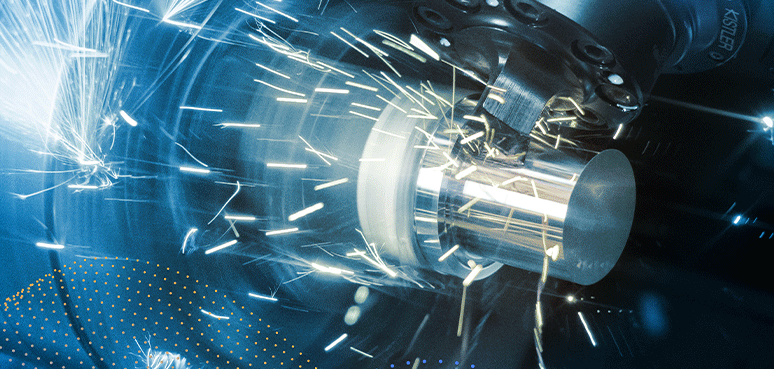Sensor specialist Kistler Group has established an Innovation Lab to leverage the hidden potential of digitalization that is lying dormant in vast amounts of measurement data. It says the lab will enable the company’s experts to work hand in hand with customers and R&D partners to develop intelligent analysis methods, as well as smart data-based service solutions, optimally tailored to the problems facing each user.
The sensors Kistler supplies collect data on dynamic measurements such as pressure, force, torque and acceleration in a diverse range of applications. But in many cases, this data harbors far more potential which goes unexploited, the company says.
“Many customers and partners are completely unaware of the potential that lies buried in their data – but we intend to change that! There are plenty of areas where we can deliver added value from our sensor technology with the help of data-based analyses and methods,” explained Nikola Pascher, head of the Innovation Lab. To achieve this, it has developed algorithms which provide the basis for intelligent software that automatically supplies suggested solutions, which can them be used to optimize processes and generate forecasts.
Apart from the goal of getting the most out of the data, the company is focusing on knowledge exchange between Kistler and the users of its sensor technology. “Our Innovation Lab is the place where know-how meets the creativity that’s typical of the startup spirit,” said Pascher. “Here at Kistler, we have specialists on all the application areas for our sensors. We call on their expertise to help us develop the algorithms and smart service solutions. But we can also learn a lot from our customers. Most of all, they provide us with access to data from many different real-life application cases. That helps us to adapt our products so they are better able to meet the requirements in each situation.”
Kistler says that during a proof-of-concept study, it was able to use collected measurement values to calculate an algorithm that monitors force distribution throughout metal machining processes; and deviations from normal conditions were identified with the help of artificial intelligence. The solution is now set to be used as the basis for more efficient production, with significantly reduced scrap rates.
“Instead of merely monitoring processes, we use the collected data to identify patterns and make accurate predictions about the quality of the manufactured products,” Pascher said of the potential of this development.



